European Commission Eases CLP Labelling Rules – What This Means for You
By Nathan Town-Field
Sixth Simplification Omnibus
In July 2025, the European Commission announced its Sixth Simplification Omnibus, a legislative package aimed at reducing administrative burdens across key sectors. For EU chemical manufacturers, one of the most significant measures is a targeted amendment to the Classification, Labelling and Packaging (CLP) Regulation, which will directly impact how hazard information is displayed on packaging. The simplification package includes two proposed regulations which implements revisions to:
Implementation deadlines
Label Update Deadlines
Label Formatting
Advertising and Distance Sales
Labelling for small and awkward packages
Digital Labelling
Specifically, the update revises the mandatory font size and line spacing requirements for hazard labels. While the technical change may appear small, it addresses one of the most persistent challenges manufacturers face: fitting legally required information onto labels, particularly on small containers without compromising legibility or branding.
What this means for you
This reform introduces greater flexibility in label formatting, allowing companies to integrate hazard statements with other essential information while maintaining compliance. The European Commission estimates these adjustments could save the chemicals sector around €363 million annually, largely by reducing costly redesigns and avoiding delays caused by non-compliant labels.
The Omnibus forms part of a broader regulatory streamlining effort that will roll out through late 2025 and into 2026. While the exact enforcement date for the labelling changes will depend on the final adoption of the legislative package, the Commission has signalled that industry should be ready for application from Q4 2025 onwards. Acting early will ensure that transition plans are complete before the new requirements take effect.
This is an opportunity for manufacturers to improve both compliance and operational efficiency. We recommend:
Reviewing existing label templates now to ensure they meet the revised requirements.
Updating ERP and compliance systems so the new format is applied consistently across all products.
Coordinating with packaging suppliers well ahead of the enforcement period to prevent supply chain bottlenecks.
These changes also offer the chance to align hazard communication more closely with brand strategy. However, the obligation to ensure hazard information remains clear, visible, and accessible to the end user is unchanged. Any redesign must retain high standards of clarity and usability.
Yordas Group can help you audit your current labels, implement compliant updates, and integrate any new CLP requirements into your packaging and compliance systems. This ensures a smooth transition and safeguards your market access in the EU.
If you’d like to understand how these changes could apply to your products and how they may affect your marketability, book a call with our experts today.
